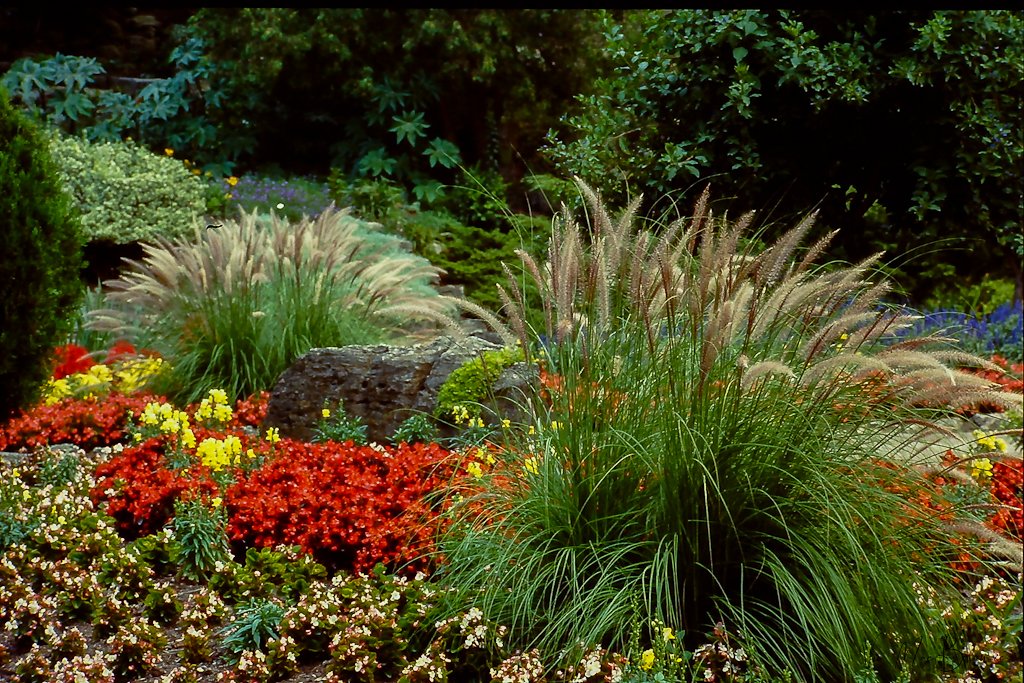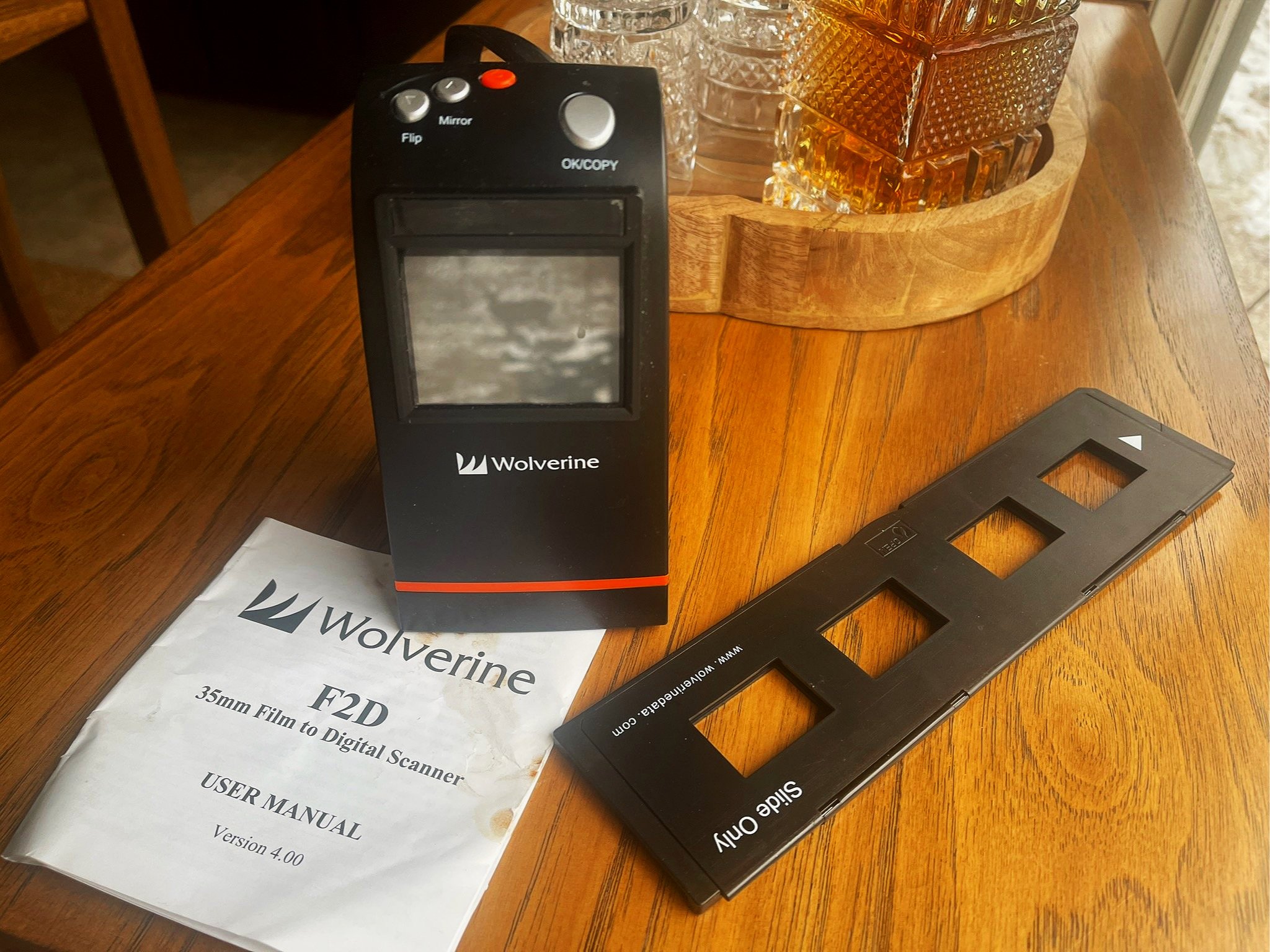Wolverine Scanner review: Revisiting your old images
Simple scanner converts slides and negatives to digital
If you’re like me and have boxes or binders full of old slides and negatives collecting dust in the basement, you might be thinking of the best way to turn them into digital images.
A quick look on Amazon, Ebay or one of the many on-line photography sites turns up a host of options from flat-bed scanners that include slide and negative attachments, to small, stand-alone scanners that store the scanned images directly on to an SD card, eliminating the need for hooking into a computer to scan the images.
There are more expensive scanners that look promising and there are even devices that allow you to duplicate your analogue images into digital with your existing digital camera and macro lens.
There is also the option of sending your favourite slides or negatives away to be done professionally. These companies will either email the scans to you or put them on a CD or DVD which can then be pulled into your computer or smartphone.
This image of ladyslipper orchids scanned reasonably well despite the higher-than-normal contrast.
The choices can be overwhelming and, depending on what you decide, can get quite expensive. The results too, are not always what you were expecting.
Years ago, I used a dedicated Canon slide and negative scanner to convert my slides to digital and the results were excellent. Unfortunately computer upgrades made the scanner obsolete unless I purchase an older computer with a SCSI outlet. The options today may be more numerous but not necessarily as good.
The key to success and ultimately satisfaction is deciding how you intend to use the finished scan.
If you simply want to convert the images for sharing with friends and family or on social media, you might be surprised about how little “quality” is required to get an acceptable image.
A few years ago I purchased an older, inexpensive Wolverine F2D (film to digital) all-in-one scanner to convert some of my favourite slides into digital images to share both on this website as well as social media.
Newer, more expensive Wolverine scanners such as the Titan 8 in 1, 20 megapixel high resolution film to digital converter, promise much better results with a wide array of film sizes from 35mm, to 127mm, and even 110mm. I have not tested these but if the results are as promised they appear to solve many of the weaknesses I experienced with the much lower resolution older unit.
The revival of analogue film cameras and lomography make these Wolverine scanners much more interesting and useful for today’s modern film shooters. Older models like the one below are available on Ebay and other on-line retailers for very reasonable prices.
The older Wolverine F2D digital scanner proved to be useful to convert older slides and negatives, even if the quality was not always ideal.
The Wolverine system of “scanners” boasts simplicity of use and on that note I give them top marks. All you need to do is drop in an SD card, pop four slides into the holder, push them in to the scanner, watch for the flashing orange light in the small colour window on the front of the unit where the image is shown, and press the red button twice. Voila. The digitized image is sent directly to the SD card in seconds, which can later be transferred to your computer. The same process, more or less, is carried out for scanning negatives. The whole scanning process takes seconds rather than minutes. In addition, no software is necessary to convert the negatives or slides into jpegs, making the whole system convenient and simple for those who just want to convert their old images to digital as simply as possible.
Providing the slide/negative is clean and you are not particular about the quality of the image, your work may be done. However, if you are looking for a clean, high-quality image that is a proper representation of the original image, your work may be just beginning.
I notice that on some of the on-line reviews, some users say the images that come out of the scanners are unuseable. My experience shows that this is not necessarily true and, that with a little work, most of the images are acceptable, some are very good and a few are pretty much unusable.
However, to say a good working knowledge of Lightroom or Photoshop is necessary to achieve these results, would be an understatement. Much post-processing work is often necessary to obtain acceptable results. In addition, I find E6-processed slides such as Fujichrome or Extachrome scan much better than Kodachrome. In fact, Kodachrome slides are often unusable no matter how much work is done on them.
Using the provided tool to clean the scanning bed is critical to reduce the amount of post processing necessary to clean the images.
The following are just a few images scanned on the Wolverine F2D and post processed in Lightroom.
This image of Goldenrod in selective focus is the type of image that converted easily from analogue to digital with minimal post processing. Its lack of extremes makes it a good candidate for scanning. Images with high dynamic range become extremely difficult to capture and the result is either burned out whites or blocked up blacks that can make the image unuseable even for most social media posts.
A major problem you’ll face with these inexpensive all-in-one scanners is that the final file size is small. On my scanner, I’m barely getting a jpeg file size over 1 megabyte. That just isn’t enough to work with. If there is any real serious post processing required, the image is just going to fall apart and make it unuseable.
However, if the original scan is good, it’s likely that you can get a very useable image.
The rusted car door below is a good example of how high-quality scans are possible with this unit. Colours are excellent and very true to the original with only minimal post processing.
Printing these images beyond 4x6 would be interesting and likely not result in satisfactory images for most people looking for a high-quality print. But I really don’t think these scanners were meant for anything more than sharing on social media or with friends and family.
The speed and simplicity of scanning hundreds of slides or negatives in short order is very enticing, but if at least a third of them are really not usable for most of us, then I think you have to take a hard look at whether you should purchase one. Newer models offer more options and a larger finished image size so they may provide much better results on more difficult images.
Let’s look at a few more successful images.
This wild geranium with ferns required more post processing than I wanted but the results are satisfactory.
A visit to Pt. Pelee resulted in this image of a warbler which the Wolverine captured nicely.
The Wolverine F2D captured these vivid colours beautifully along with the frost.
This fawn in the forest is an example of the scanner falling a little short.
Although this image may look acceptable, the scanner struggled to capture the pinks of the cherry tree and the much darker trunk of the tree. A considerable amount of post processing helped save the image, but still falls short compared to the original slide.
This is a good example of how the Wolverine scanner captured the image but struggled to deal with the extreme white feathers around the Great Horned owl’s head. For many of us, this may not be a problem, but for those looking to get the most out of their old slides and negatives, this scanned image falls short.
Should you purchase an all-in-one scanner?
I want to say everyone should purchase one of these scanners to convert their old slides and negatives into usable images for social media or sharing with families. However, there are many negatives which stop me from recommending these scanners to everyone. If you are looking for the ultimate scan quality, these are probably not for you. If post processing is not your thing, these may not be for you.
Dust is a big problem, and the amount of post processing in Lightroom or some other program to get usable results with some images makes me want to think that it may be too much for some.
These frosted ferns were captured nicely on the older Wolverine F2D all-in-one scanner.
If you are looking for consistent high-quality results, one of the flat-bed scanners by Epson might be a better but more tedious choice. If you have no experience in post processing or hate spending time on the computer, you either have to accept the results or opt for a flat-bed scanner with built-in software that removes dust.
However, if you enjoy post processing and cleaning up your favourite images then one of these scanners might just do the trick. The fact that you don’t have to attach it to your computer means you can sit down and watch your favourite Netflix shows while you scan hundreds of older images to an SD card.
That convenience and ease of use might be enough to convince you to invest a small amount into rescuing your old images.














